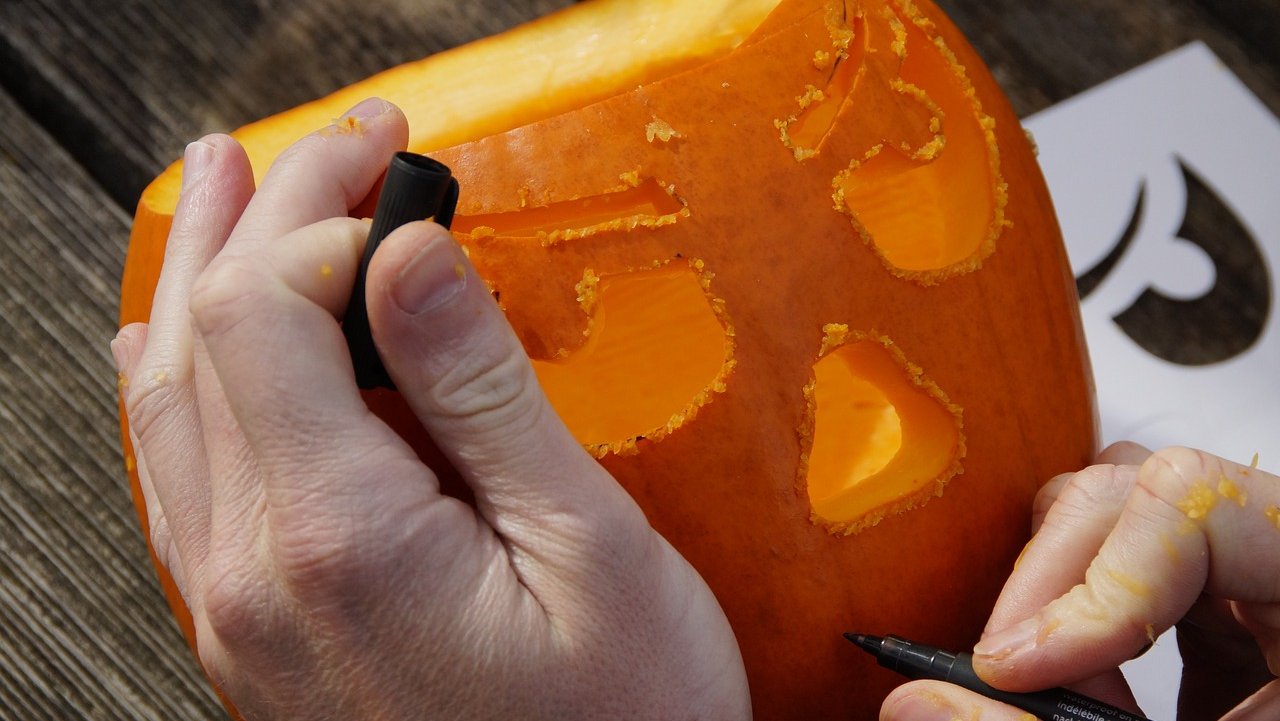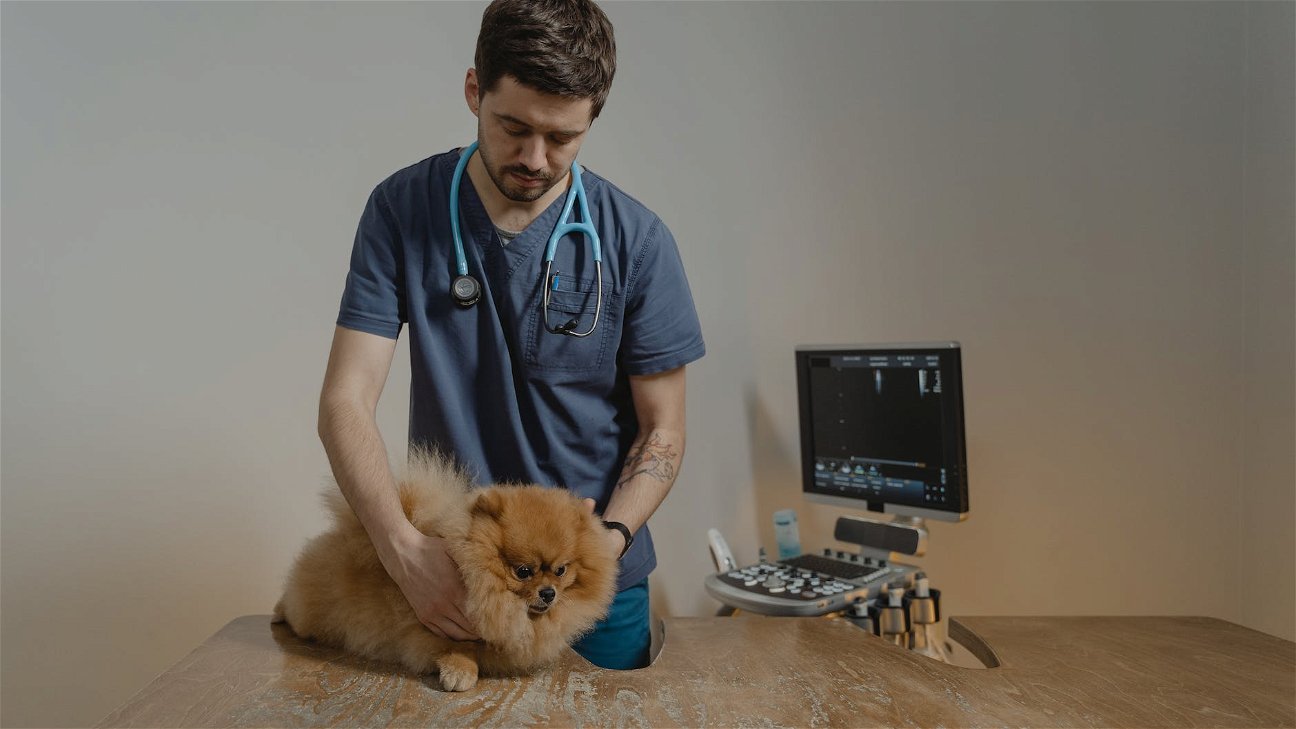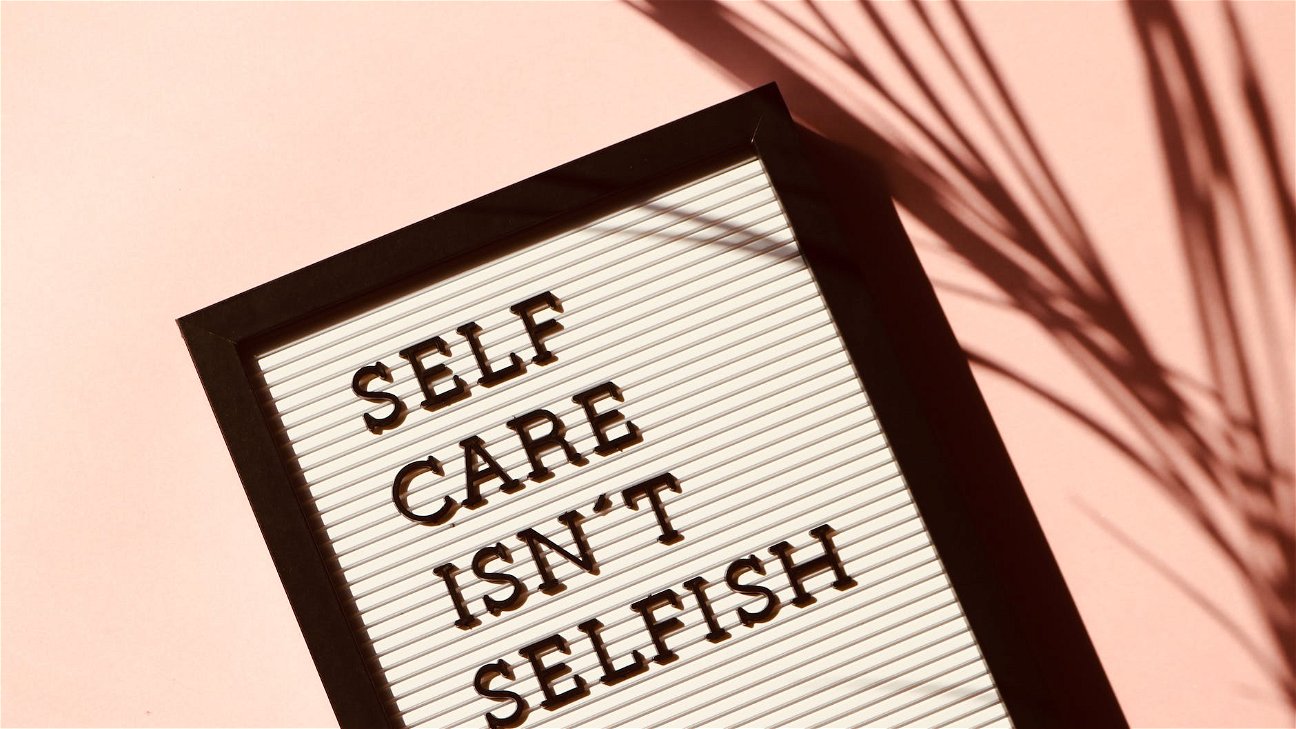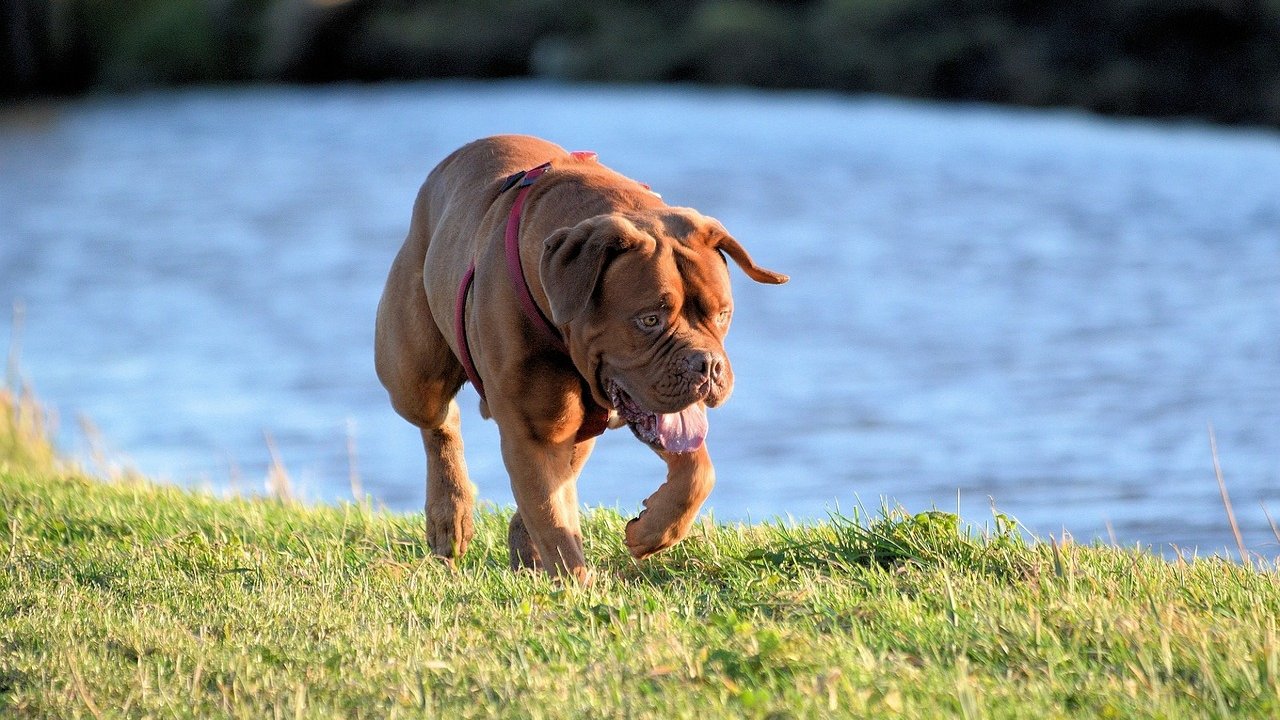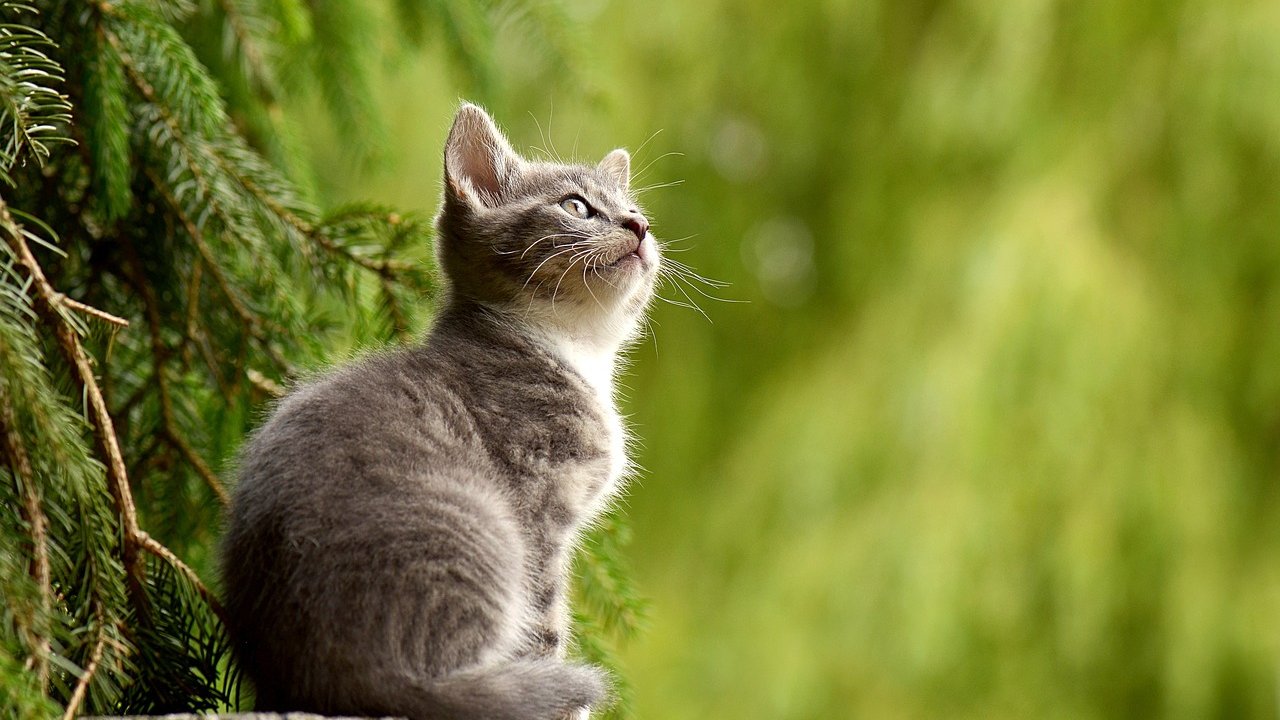
If you're a cat parent, you've likely encountered the unpleasant experience of stepping on a regurgitated hairball. Hairballs, or trichobezoars, are quite common in cats, especially long-haired breeds. However, excessive hairball issues can indicate an underlying health problem and should be addressed accordingly. We've put together some essential tricks to help you manage and reduce hairball issues in your furry friend.
Understanding the Cause of Hairballs in Cats
Before discussing preventative measures, it's crucial to understand why hairballs form in the first place. Cats are meticulous groomers. As they clean themselves, their tongues catch loose hair, which is then swallowed. While most of this hair passes through the digestive system without a problem, some of it accumulates in the stomach forming a hairball, which the cat eventually vomits.
Signs and Symptoms of Hairball Problems in Cats
Knowing the symptoms of hairball problems can help you act swiftly and prevent any potential health issues. Some of the common signs include:
- Frequent vomiting or retching
- Loss of appetite
- Constipation or diarrhea
- Lethargy
- Abdominal discomfort
If your cat shows any of these symptoms, consult your vet for an accurate diagnosis and treatment plan.
Effective Ways to Reduce Hairballs in Cats
Now, let's dive into the essential tricks to reduce hairballs in cats.
1. Regular Grooming
Regular grooming is incredibly beneficial for controlling hairballs, particularly in long-haired cats. Brushing your cat's fur helps remove loose hairs before your cat can swallow them. Consider using a grooming tool designed for cats, which can be more effective at catching loose fur.
2. Dietary Changes
A hairball-friendly diet can significantly reduce hairball formation. Look for cat food that has a high fiber content, which aids in digestion and helps pass the hair through the digestive system. Some cat foods are specifically designed to control hairballs and could be a good option for your feline friend.
3. Hydration
Hydration plays a pivotal role in preventing hairballs. Ensure your cat drinks plenty of water as it aids digestion and helps pass hair through the digestive system. Consider investing in a cat water fountain to encourage your cat to drink more.
4. Natural Remedies
Some natural remedies can help manage hairballs. For example, 100% pure canned pumpkin is a natural source of fiber that can help with digestion. Always consult your vet before introducing any new food or supplement to your cat's diet.
5. Veterinary Advice
If your cat continues to have hairball issues despite these measures, it's time to seek professional help. Your vet can prescribe medication that can help reduce hairball formation.
Here's a handy table summarizing these tricks:
With these essential tricks, you can reduce hairball issues in your cat, ensuring a healthier, happier life for your feline friend.



